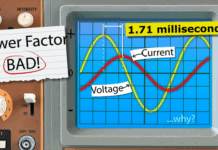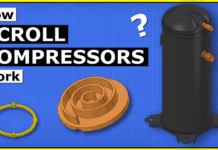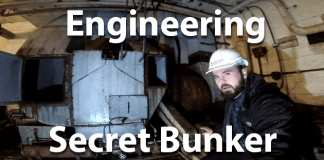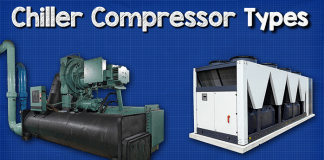In this article, we’re going to learn what an inverter is and what it does. Understanding this information will help you understand the basics of electricity and how it works.
Scroll to the bottom to watch the YouTube tutorial.
For efficient design we need to ensure that all the servers are facing the same way. So that they all suck cold air in the front and blow hot air out of the back. Otherwise the exhaust of one server will be sucked into the inlet of another server. We need to therefore also ensure that floor grills are only installed where cooling is required. In this case, only at the front of the servers, not in the exhaust side, not in the open areas, or in front of empty racks. We also need to ensure that the air flow through the grills are balanced otherwise the grills nearest the CRAC units will vent all the cold air and the rear units will receive very little. The grilles need to be located near the front of the servers, otherwise the cold air will bypass them and head straight back to the CRAC unit. The void needs to be kept clear of objects and unused cables which will otherwise obstruct the flow of air. When several rows of servers are installed. Then the problem occurs where the hot exhaust of one row of servers is sucked into the next. The temperature increases with each row, which is very inefficient. We would need to provide even cooler air just to keep the final server cool enough. Obviously this wouldn’t be very efficient. So instead we arrange the rows so that they are facing front to front and back to back. This way we only provide cold air to the front of the servers and the hot exhaust isn’t sucked into another server. This creates hot and cold aisles. We need to ensure that empty spaces in the servers are filled with blanking plates. This will prevent warm exhaust air from recirculating. Additionally the fans in the server, racks will cause a negative pressure region at the front of the server, and this can draw warm exhaust air down. Which can then be recirculated back into the server. For existing data centres one of the best designs is to use cold air containment. This is where the cold aisle is covered with a roof, and the end of the aisles are sealed with doors. This puts a physical barrier between the aisles to prevent mixing or recirculation. Newer data centres will likely use hot oil containment. In this design cold air fills the room and the hot exhaust air is contained and separated with a ceiling. This air is then drawn back into the CRAC units.


















